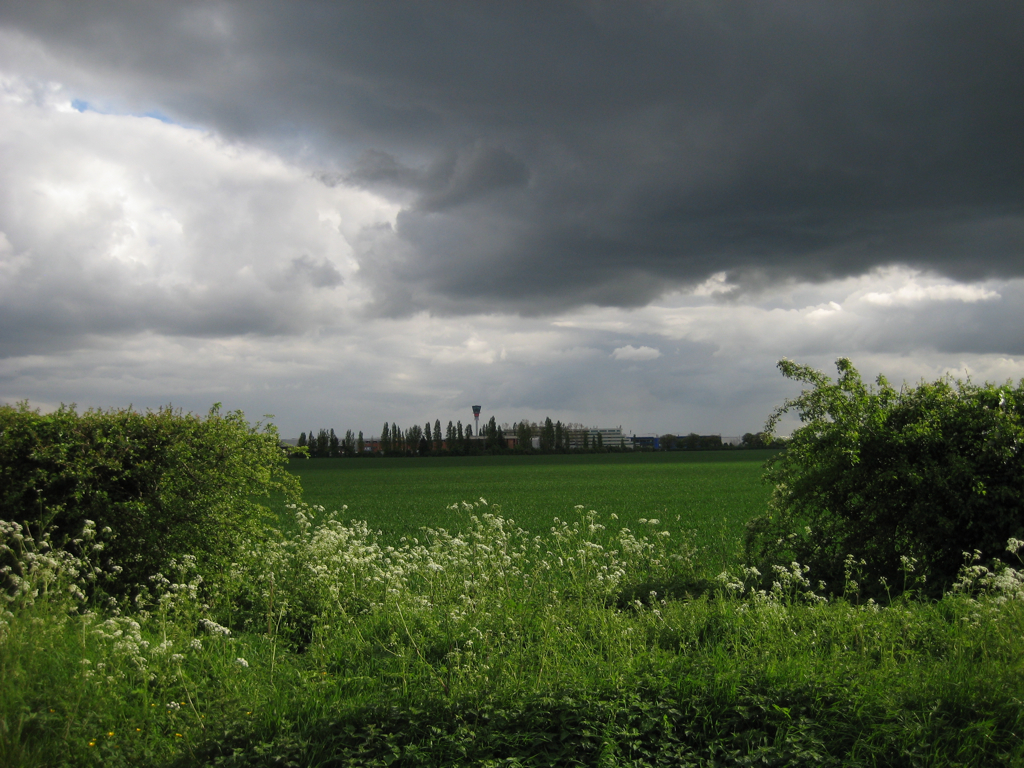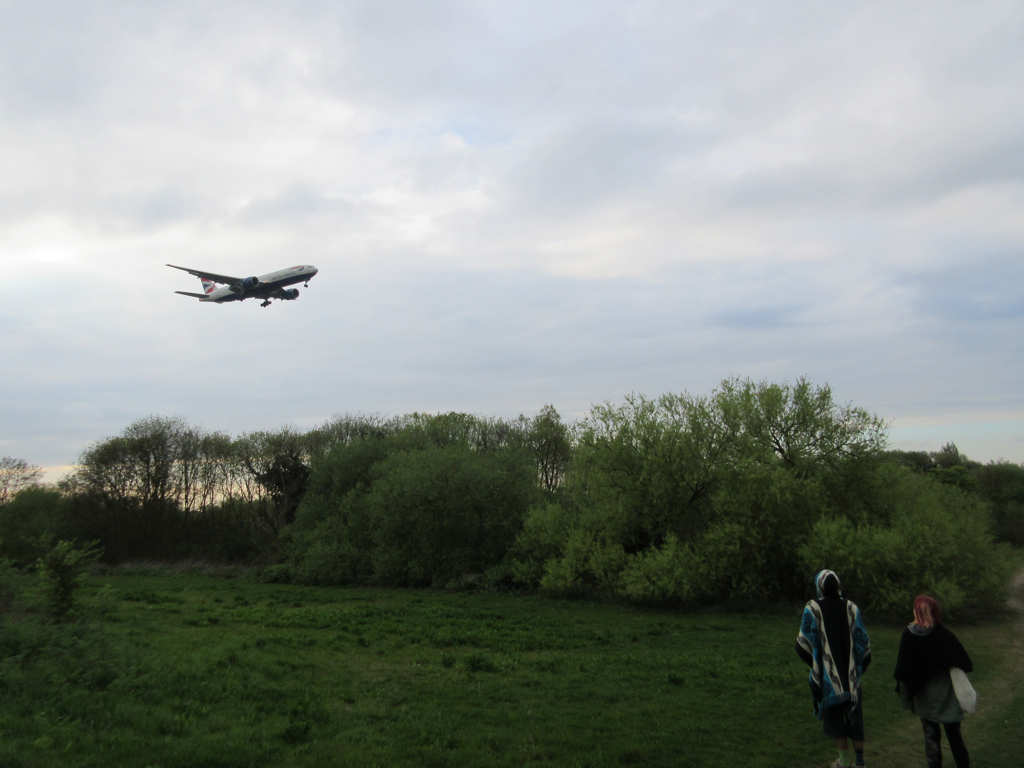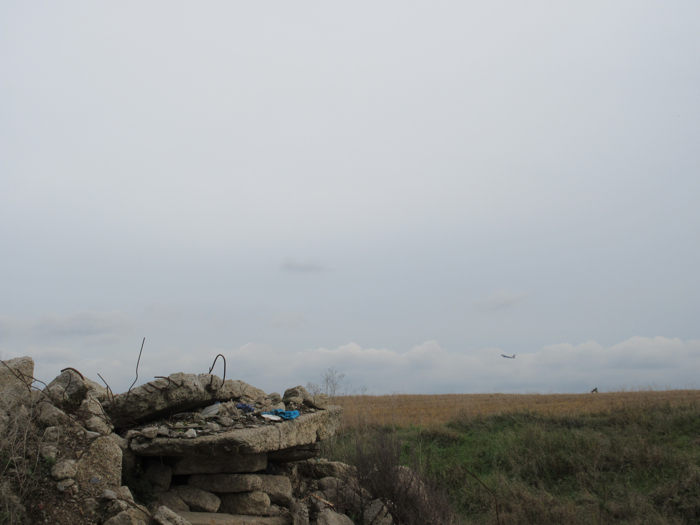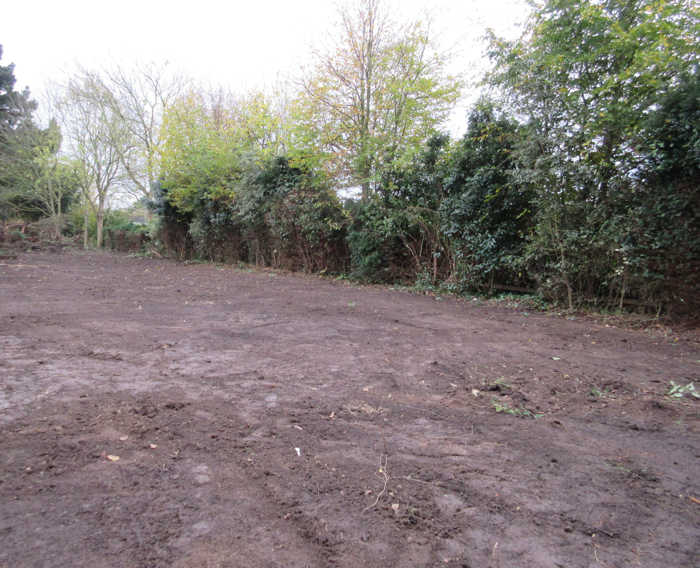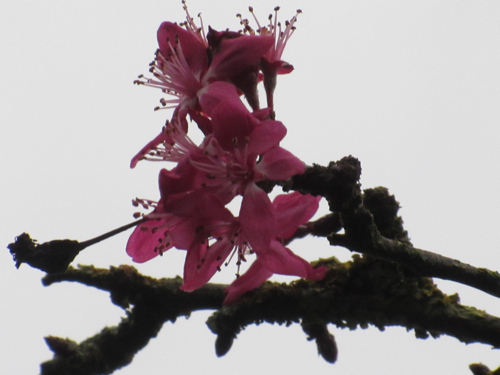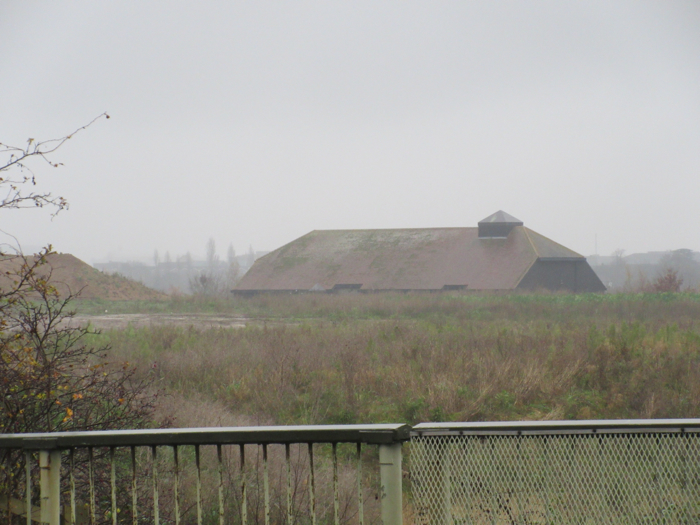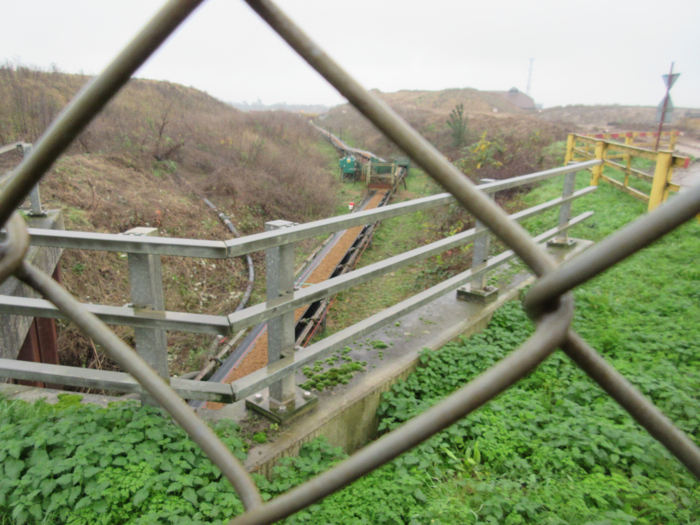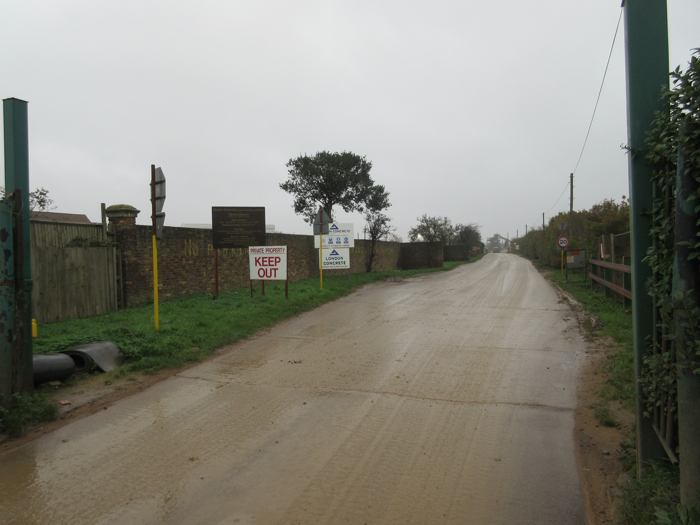HOW introduction:
Around Heathrow Airport much of the land is heavily contested and has been at risk of being bulldozed for airport expansion for sometime; the land includes the villages of Sipson and Harmondsworth. Suggestions for a Third Runway at Heathrow cite economic growth as a reason for expansion. These suggestions ignore noise, pollution, global warming, the loss of human and non-human habitats and vital green space. The Davies Commission published on 1st July 2015, reported Heathrow as the viable option for airport expansion. All UK political parties opted out of making airport expansion political before the 2015 General Election, by not discussing airport expansion implications. David Cameron has previously stated Heathrow expansion will not happen, but now, he is allowing himself the position of considering his options until later in 2015; holding the surrounding area of Heathrow to ransom.
Heathrow Orchard Walks are against airport expansion and invite everyone to take part in HOW events and get to know the endangered area. Make vintage Heathrow Jam from fruit foraged in the area. The village of Harmondsworth has a large and significant population of Walnut Trees. Don’t let “economists” and large businesses rip the trees from the land! Plant more fruit and nut trees. Local communities around Heathrow need support to retain their villages.
The Heathrow Orchard Walks series will continue to explore environs of Heathrow in 2015. Heathrow’s land before it became an airport in 1946 was grade one agricultural land. Many market garden and orchard businesses flourished there, providing fruit and vegetables to feed London. The fertile soil was deposited as silt on top of a deep layer of gravel during glacial melt thousands of years ago. Since the airport opened the soil has become subject to decay through human activity, producing another kind of productivity through continuous airport expansion, road construction, pollution and gravel farming. Residues of former cultivation practices punctuate the landscape, as monuments. These relics include several ancient barns indicating former land wealth and remainders of once prolific orchards and market gardens. The environs of Heathrow sometimes-tranquil landscape combines ruralality with urbanity in close proximity to the hyperactive global travel industry. In the embedded airport it is hard to imagine the orchards remains outside at either end of the runways or the depths of glacial melt gravel in which the airport is situated.
Artist / researcher Dr Kate Corder will lead a series of HOW – Heathrow Orchard Walks in 2015, acting as a tour guide, discussing, exploring and observing the area. The series of Heathrow Orchard Walks started in 2014 and included two walks for Kathrin Böhm’s Haystack event program in April and September. In 2015, HOW – Heathrow Orchard Walks occurred as weekly events in April and May in the run up to general election. Further HOW dates are planned from July to October. HOW routes can range from 3-7 miles over varied terrain.
Completed HOW – Heathrow Orchard Walks 2015:
Spring Heathrow Orchard Walks:
12/04/2015 HOW: meet at Harlington, view an overgrown orchard, walk to Sipson, observe the gravel farm situated in the former orchard farm, visit Transition Heathrow then walk to Harmondsworth. Visit the Cox’s Grave in the churchyard and the Harmondsworth barn and then walk along the river pass the Immigration removal Centre to the Shearton Heathrow Orchard, then walk back to Harlington observing farmland on one side of the road and the airport air traffic on the other side of the road.
19/04/2015 HOW: meet at West Drayton Railway Station or Transition Heathrow at Sipson. Walk from Sipson to Harlington observe the gravel farm and an over grown orchard. Walk from Harlington to Cranford’s orchard in Cranford and Avenue Park and an ancient orchard close to the airport boundary.
26/04/2015 HOW: Participants met at West Drayton / or Harmondsworth (outside the churchyard). We visited the Cox’s Grave, Harmondsworth Barn and Harmondsworth meadow and orchard. We walked across the constructed and disrupted Harmondworth Moor (finding fruit trees along the way). Invited artist Nick Ferguson directed the HOW from Harmondsworth Moor via Poyle to Horton Road Travelodge. The HOW traveled across Mad Bridge, explored renovated landfill moorland and attempted to walk the disused rail path from Poyle south to the Horton Road. Walk participants returned via Stanwell Moor and Harmondsworth Moor to Harmondsworth village and there the walk concluded.
03/05/2015 HOW: A foraging and gardening walk from Transition Heathrow, Sipson to Harmondsworth, visiting the Saxon Lake (an old gravel quarry) on the re-constructed Harmondsworth Moor trail and Moor Lane Orchard.
10/05/2015 HOW: we will observe the gravel farm earthworks at Sipson (situated in a former Orchard) from different viewpoints, and farmland close to the airport, journey to unused allotments at Pinglestone Close, visit Monuments, the Cox’s Grave and Harmondsworth Barn and walk across the constructed Moor searching for former orchards, we will pass the Immigration Removal Centre and visit the Sheraton Heathrow Orchard.
Summer Heathrow Orchard Walks:
19/07/2015 – HOW:
The Walk started at Transition Heathrow, Sipson. We walked from Sipson to Harmondsworth, observing endangered land, looking out for plants and wildlife in the area. Voles have been seen on Harmondsworth Lane. We searched for ancient trees, and found Harmondsworth has a large and significant number of Walnut Trees. We measured and recorded tree girths. We visited the 19th Century Cox’s Grave in Harmonsdworth Churchyard (growers of the Cox’s Orange Pippin). We searched for Cherry Plum Trees and collected fruit. We observed the large and ancient Walnut Trees at the back of Harmondsworth’s medieval Barn and fruit trees in the Community Orchard on Moor Lane.
09/08/2015 – HOW:
The Walk started at Transition Heathrow, Sipson. We observed the earthwork gravel farm in a former orchard at Sipson then walked from Sipson to Harmondsworth observing endangered land. We photographed the Barley harvest from different angles and at different parts of the day, as the harvesting occurred in a large field at Harmondsworth adjacent to the airport. The Barley Harvest photographic series is a significant recording of continuing and endangered rurality at Heathrow. We visited the 19th Century Cox’s Grave in Harmonsdworth Churchyard (growers of the Cox’s Orange Pippin) and the medieval Harmondsworth Barn. We observed the large and ancient Walnut Trees at the back of the Barn. Harmondsworth has many Walnut Trees all over the village. We walked across Harmondsworth Moor, searching for fruit trees and foraging Blackberries. On the following day, a limited edition, consisting of three jars of Harmondsworth Heathrow Blackberry Apple Jam, was created and will be preserved for exhibition purposes.
Autumn Heathrow Orchard Walks:
19/09/2015 – HOW:
A visit to Harmondsworth Barn was followed by a walk on Harmondsworth Moor observing fruit trees. Russet Apples growing on trees seen earlier in the year covered in blossom were profusely cropping. The renovated Moor in September sunshine was a Wildlife haven. The HOW continued to the Sheraton Orchard observing the Apple Trees. This action was followed by revisiting the Barley Field, which was harvested in August.
26/09/2015:
On Saturday 26 September 2015, Transition Heathrow held their Harvest Festival. Heathrow Orchard Walks walked on this day. We walked from Sipson to Harlington and visited an overgrown Orchard. We foraged for fruit for the Harvest Festival, traversing near by fields and observed land, which was occupied by in former airport expansion protest (2009-10). We will returned to Transition Heathrow to cook our foraged fruit.
25/09/2015:
We toured Transition Heathrow’s dwelling in the squatted Market Garden at Sipson. We walked from Sipson to Harmondsworth observing the contested land. While we walked we measured and recorded ancient trees rooted to the land and noted land where new trees could be planted. In Harmondsworth Church Graveyard, we observed the grave of Richard and Ann Cox, (the Cox’s Orange Pippin Growers). We visited the Harmondsworth Barn on its last open day of the year. We walked on Harmondsworth Moor. The Moor acts as a vital and much needed green lung for London and the immediate surrounding area. We searched for any remaining tree fruits lingering at the end of the harvesting season. We collected fruits from trees growing in the public realm. We marveled at the wonders of biodiversity currently occupying the space and experienced the land as it sits in suspended limbo waiting for government to announce decisions on airport expansion.
Future HOW – Heathrow Orchard Walks events will take place in 2016. Dates and routes will be announced nearer the time. Please sign up to the email list if you are interested in participating.
© Copyright Kate Corder
